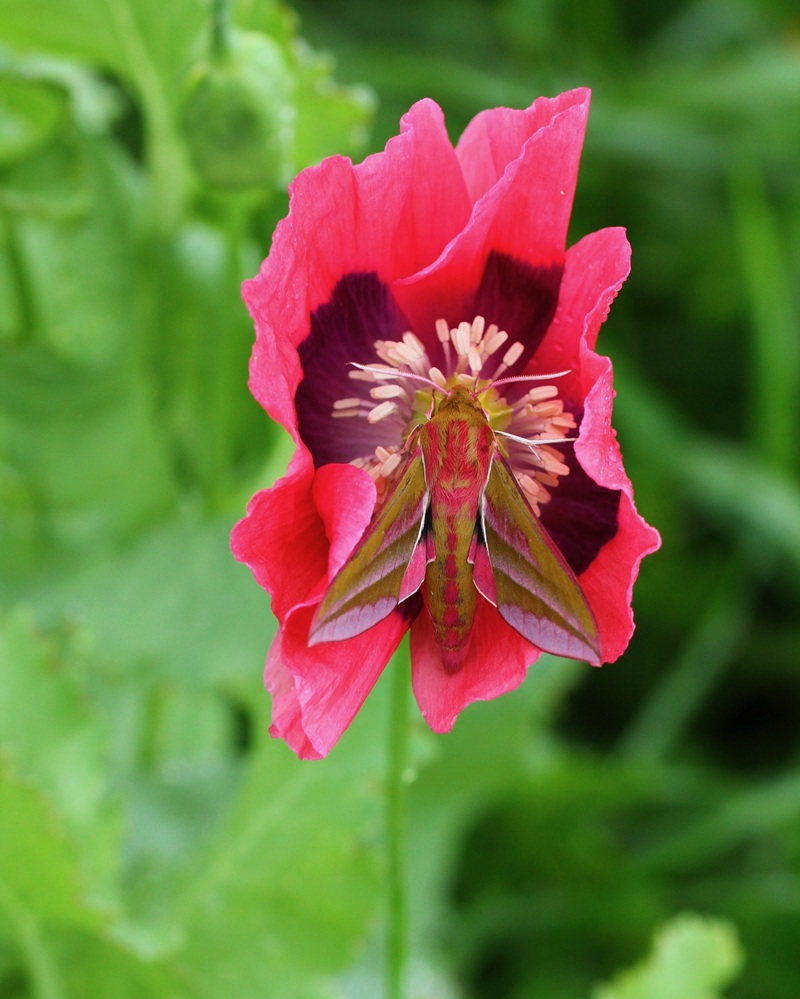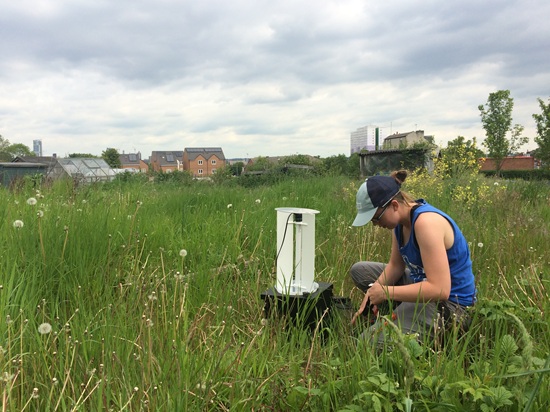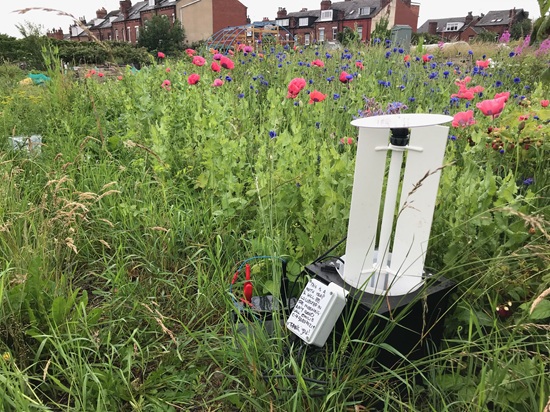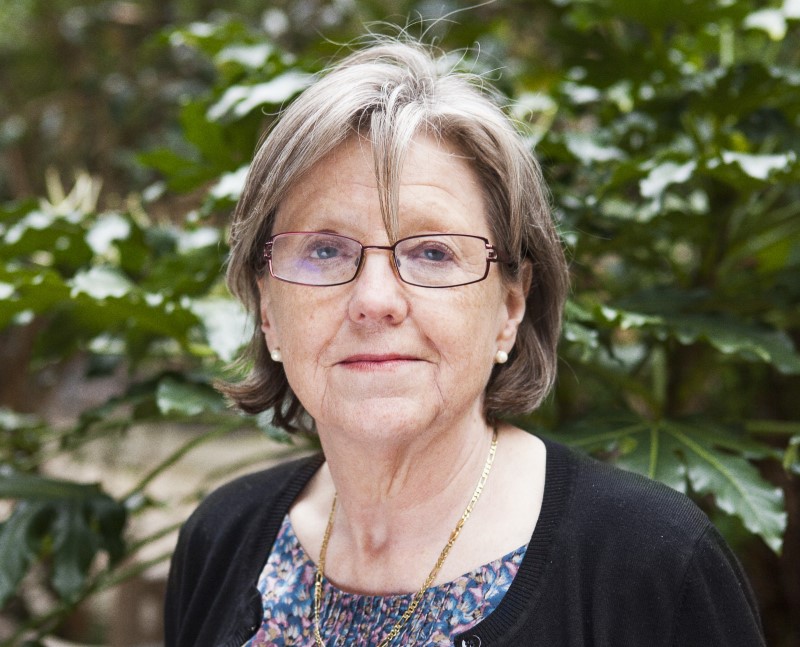Insect pollinators like bees, hoverflies, and moths are vital to ecosystems but face growing threats from urbanisation. Emilie Ellis, from the University of Helsinki, tells us more about a new study across three cities that found that pollinator species richness declined by up to 43% in more urbanised areas. Moths and hoverflies were particularly vulnerable due to their complex life cycles and sensitivity to habitat loss and light pollution.

About the study
For those of us living in cities, awareness of biodiversity is often limited. But urban nature is richer than it often seems, and this is especially true for insects. For example, cities support a diverse variety of pollinating insects, including well-known species like bees and butterflies, but also “less charismatic” species of moths and flies. Conserving healthy populations of diverse pollinators requires that we first understand which species are most at risk from the pressures of city living.
In our new study, we surveyed key pollinator groups including bees, flies and moths across three major UK cities: Sheffield, Leeds, and Leicester. We wanted to determine whether more built-up urban areas supported fewer pollinators, and which pollinators were most sensitive to urbanisation. We focused on allotments, which are a unique and important part of the urban landscape. Scattered throughout UK cities, they provide relatively large plots of land where individuals or households grow fruit and vegetables. These sites are among the most floristically rich urban habitats, often packed with pollinator-friendly flowers alongside food crops. Because they’re directly managed by people and benefit from personal investment in nature, allotments offer a kind of urban nature lab which is perfect for exploring the ecology of insect pollinators in real-world conditions.

Checking light traps for moths
We surveyed 36 allotments throughout the summer, and recorded a staggering 302 species of bees, hoverflies, and moths. Despite the oasis that allotments provide, we found that the surrounding urban landscape still takes a toll. In more built-up areas, pollinator diversity dropped by over 40%. Some groups were more affected than others: moths and hoverflies, in particular, showed steep declines, despite their important but often overlooked roles in pollination.
Our results also offer some hope for urban insects, by showing that the quality of urban greenspaces matters. Allotments surrounded by features like trees and semi-natural habitats supported more diverse pollinator communities. This suggests that the way we design and manage city greenspaces can make a real difference. Importantly, different groups of pollinators respond to different aspects of the urban landscape: there's no one-size-fits-all solution, and conservation in cities will need to be as diverse as the insects we’re trying to protect.
Sampling insect diversity is difficult, particularly for moths, which are mostly active at night! But this effort can be incredibly rewarding, not only for the data, but also for the opportunity to share my findings with the public. In the early hours of the morning, I’d often be in a city allotment, checking light traps for moths. Plot holders were fascinated to learn how many pollinators visit their plants, especially at night. Some even came out at dawn to see the moths themselves, revealing a quiet but deep interest in the insects we often overlook. The interest from allotment communities shows there’s a strong foundation for action to develop cities as places for insect pollinators to thrive.

About the authors
Emilie Ellis is a community ecologist researching how human activities shape ecological communities. She is currently working as a postdoctoral researcher at the Research Centre for Ecological Change, University of Helsinki.
Jill Edmondson is a Professor of Ecosystem Sustainability in the Plants, Photosynthesis and Soils Cluster in the School of Biosciences at the University of Sheffield.
Stuart Campbell is a Research Fellow and Lecturer in evolutionary ecology in the School of Biosciences at the University of Sheffield. His lab group takes an interdisciplinary approach to investigate plant-pollinator and plant-herbivore interactions across scales.
What was your experience like publishing in Proceedings B?
Publishing in Proceedings B was a constructive and rewarding experience. The reviewers provided thoughtful, constructive feedback that significantly improved the study, and Marc Johnson, the associate editor, was extremely engaged and gave clear guidance throughout the process which was a very helpful element that enhanced the review and publication experience.
Proceedings B is looking to publish more high-quality research articles and reviews in ecology. If you have an idea for a review, we strongly encourage you to submit a proposal by completing our proposal template and sending it to the journal. More information about the journal and the submission process can be found on our website.
Image credits: Images 1 and 3 by Emilie Ellis; image 2 by Paul McAndrew.


